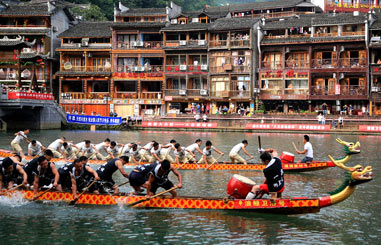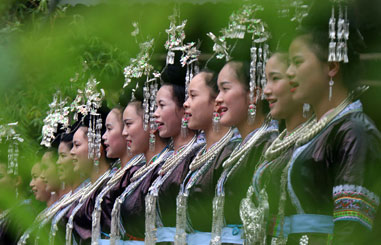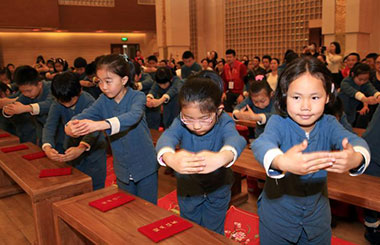Master carries torch for ancient art
By Pu Zhendong ( China Daily ) Updated: 2012-11-14 10:36:41
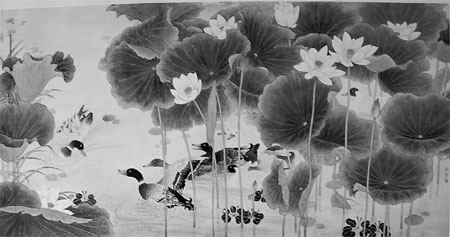 |
|
Ducks Grow Fat During the Blossoming of the Lotus |
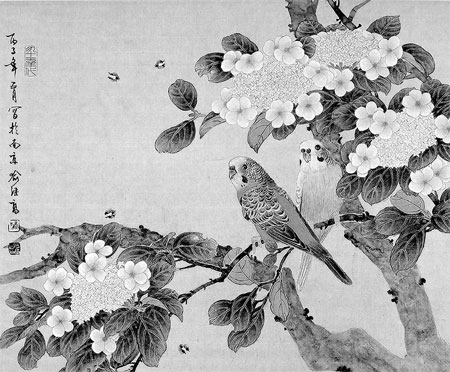 |
|
Couple Parrots Whisper among White Blossoms |
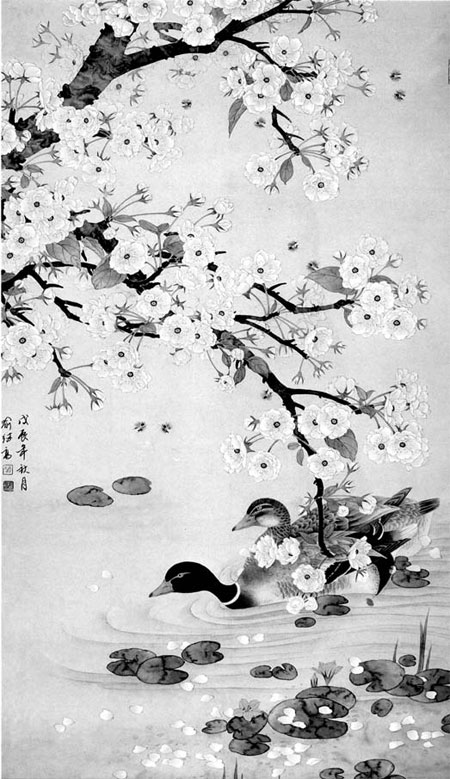 |
|
Ducks are the First to Feel the Warmth of the Water in Early Spring |
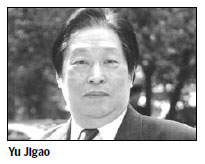
Birds and flowers, symbols of beauty and joy, meld together perfectly in a form of traditional Chinese painting called flower-bird fine brushworks.
Yu Jigao is a modern master of this style. A national first-class painter, Yu has been recognized by the State Council and the Jiangsu provincial government for his contributions to Chinese culture and art.
Related: Impressions from a realistic brush
Yu received artistic training in his early teens, and in 1951, he was admitted to the School of Art at National Central University, predecessor of Nanjing Normal University, in Jiangsu province, where he learned painting theories and techniques from renowned artists like Fu Baoshi and Chen Zhifu.
The history of bird-flower painting dates back to the Tang Dynasty (AD 618-907), and in the Song Dynasty (960-1279), the peak of its artistry was seen in the works of talented painters like Huang Quan.
However, the style went out of fashion and lay dormant for centuries until it was revived by Chen Zhifu and Yu Fei'an as a modern genre at the beginning of the 20th century.
Related: Spring lasts forever in traditional paintings
Out of personal interest, Yu Jigao chose flower-bird fine brushwork as his life's work. He developed Chen's style by adding more elements of vitality and grandeur to Chen's simple elegance.
Master calligrapher Qi Gong once saluted Yu's painting Plum Blossoms and Cranes Herald Spring, saying it is among the ranks of such classics as the legendary piece Auspicious Cranes by Zhao Ji, a top painter and emperor of the Song Dynasty.
Many Westerners wrongly believe ink landscapes to be the only form of traditional Chinese painting and have no knowledge of flower-bird fine brushworks. However, the latter is more likely to earn worldwide recognition, Yu said.
Experts say that the achievements and artistic height of fine brushworks are comparable with many fantastic works of the Western Renaissance.
Related: Career milestones
Widely acknowledged as a first-class painter in the nation, Yu always bears in mind his mission of carrying on the cultural legacy of the flower-bird painting. For years, Yu has devoted himself to promoting the art form.
He has held exhibitions at the headquarters of the United Nations, published more than 100 million copies of painting albums and wrote letters to state leaders calling for more attention to be paid to the art.
"A nation without world-shaking art is pathetic. A nation with world-shaking art that is unable to protect it and carry it forward is pathetic as well," he said.
Related: Reflections on the artist
As a flagship painter that bridges the past and the future, Yu advises young professionals to cultivate their own styles.
"The most horrible mistake about painting is to simply copy others without any personal creation," he says. "Painters like this have no future."
Born in a village in northern Jiangsu province, Yu imbues his paintings with rural qualities of diligence and simplicity. Civilized consciousness takes the place of negativity and gaudiness as the artistic goal that Yu pursues. "I am willing to devote myself to the enterprise of the flower-bird fine brushworks, the love of my life," Yu says. "I am always proud to be a flower-bird painter. I believe, through our hard efforts, we will create a more splendid future for this art."
puzhendong@chinadaily.com.cn
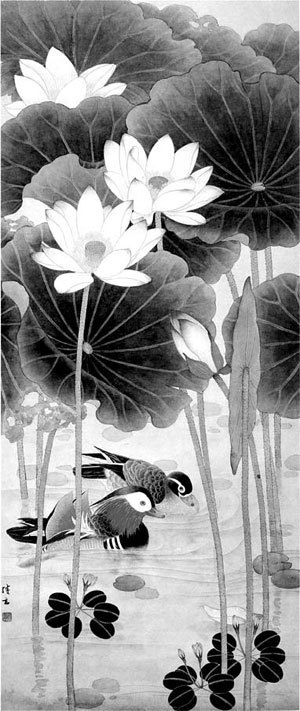 |
|
Mandarin Duck Couple at Lotus Ponds |
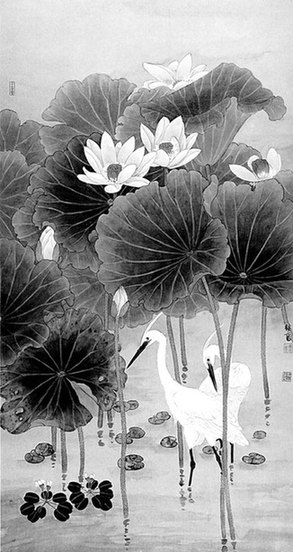 |
|
Egrets with Autumn Lotus |
|
|
|
|
|
|
|
|

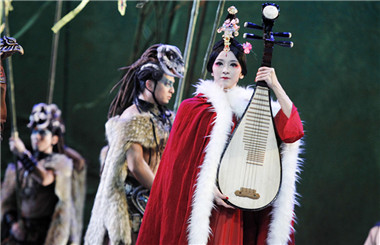

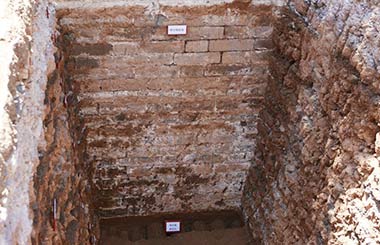


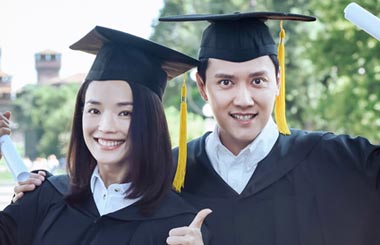
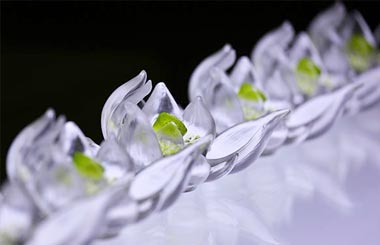
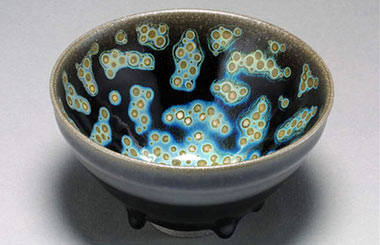
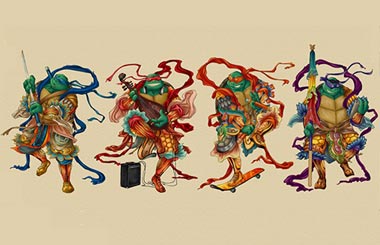
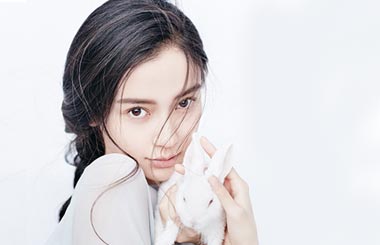


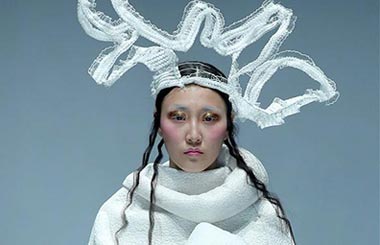


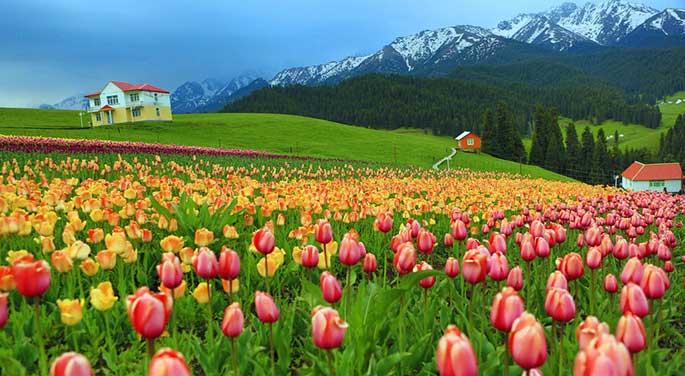



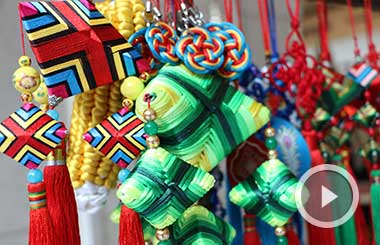
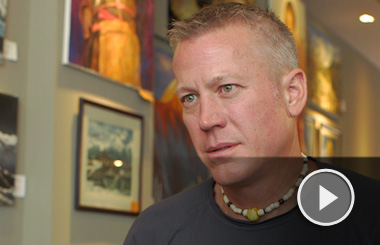

 Raymond Zhou:
Raymond Zhou: Pauline D Loh:
Pauline D Loh: Hot Pot
Hot Pot Eco China
Eco China China Dream
China Dream China Face
China Face
